Nationality Italian | Name Masolino Panicale Movement Italian Renaissance | |
 | ||
Full Name Tommaso di Cristoforo Fini Patron(s) Pipo of OzoraCardinal Branda Castiglione Artwork Virgin and Child with Saint Anne, Annunciazione, Trittico Carnesecchi, Fondazione di Santa Maria Ma Similar People Masaccio, Lorenzo Ghiberti, Filippo Brunelleschi, Domenico Ghirlandaio, Donatello | ||
Masolino da Panicale - G P El CId - Said in Italy
Masolino da Panicale (nickname of Tommaso di Cristoforo Fini; c. 1383 – c. 1447) was an Italian painter. His best known works are probably his collaborations with Masaccio: Madonna with Child and St. Anne (1424) and the frescoes in the Brancacci Chapel (1424–1428).
Contents
- Masolino da Panicale G P El CId Said in Italy
- Masolino da panicale masaccio insubrianet
- Biography
- Early Use of Central Vanishing Point
- Summary of work
- References

Masolino da panicale masaccio insubrianet
Biography
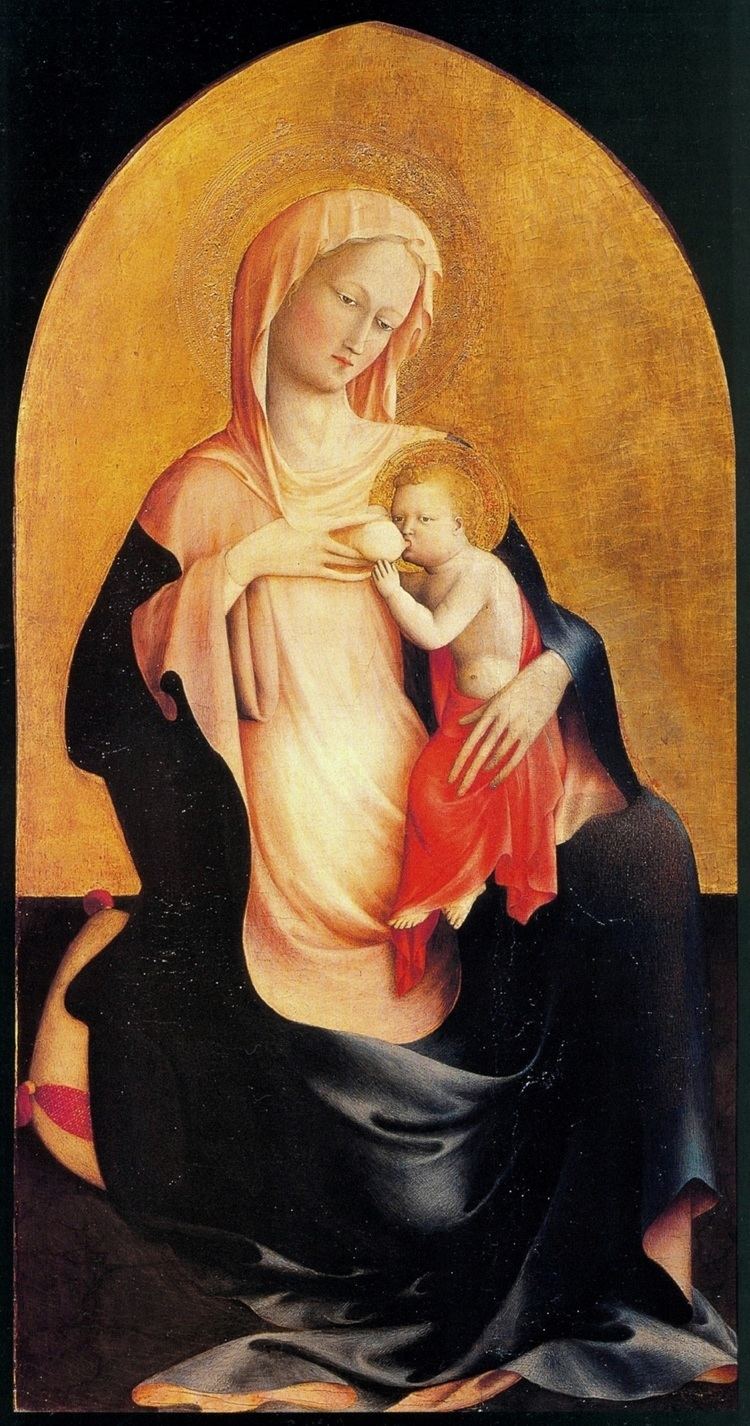
Masolino ("Little Tom") was possibly born in Panicale near Florence. He may have been an assistant to Ghiberti in Florence between 1403 and 1407. In 1423, he joined the Florentine guild Arte dei Medici e Speziali (Doctors and Apothecaries), which included painters as an independent branch. He may have been the first artist to create oil paintings in the 1420s, rather than Jan van Eyck in the 1430s, as was previously supposed. He spent many years traveling, including a trip to Hungary from September 1425 to July 1427 under the patronage of Pipo of Ozora, a mercenary captain. He was selected by Pope Martin V (Oddone Colonna) on the return of the papacy to Rome in 1420 to paint the altarpiece for his family chapel in the Basilica di Santa Maria Maggiore, and later by Cardinal Branda Castiglione to paint the Saint Catherine Chapel in the Basilica di San Clemente, Rome. In the interim, he collaborated with his younger colleague, Masaccio, to paint the frescoes in the Brancacci Chapel in the Basilica of Santa Maria del Carmine, Florence, which were much admired by fellow artists throughout the fifteenth century. He painted a cycle of 300 famous historical figures in the Orsini Palace in Rome about 1433-4 and also worked in Todi. He spent his later years, after 1435, working for Cardinal Branda Castiglione in Castiglione Olona.
Early Use of Central Vanishing Point
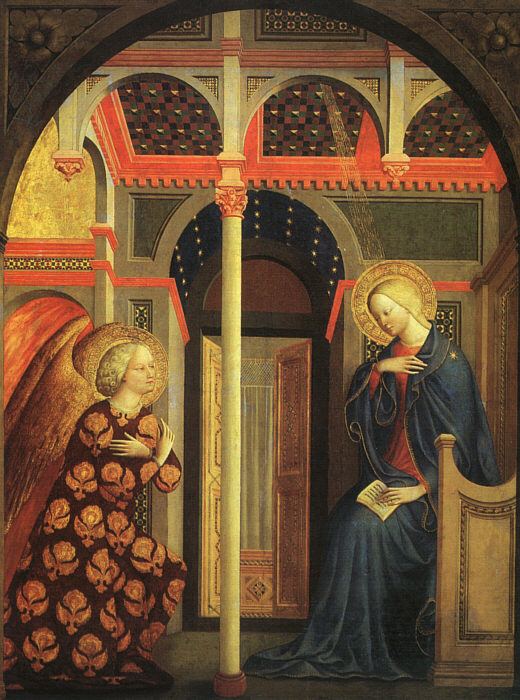
Masolino was probably the first painter to make use of a central Vanishing point in his 1423 painting St. Peter Healing a Cripple and the Raising of Tabitha.
Summary of work
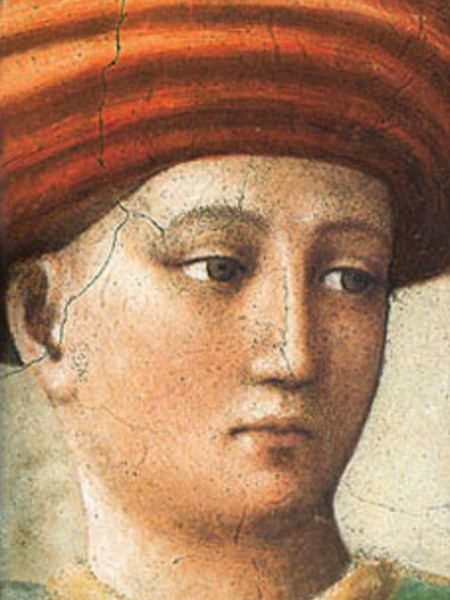
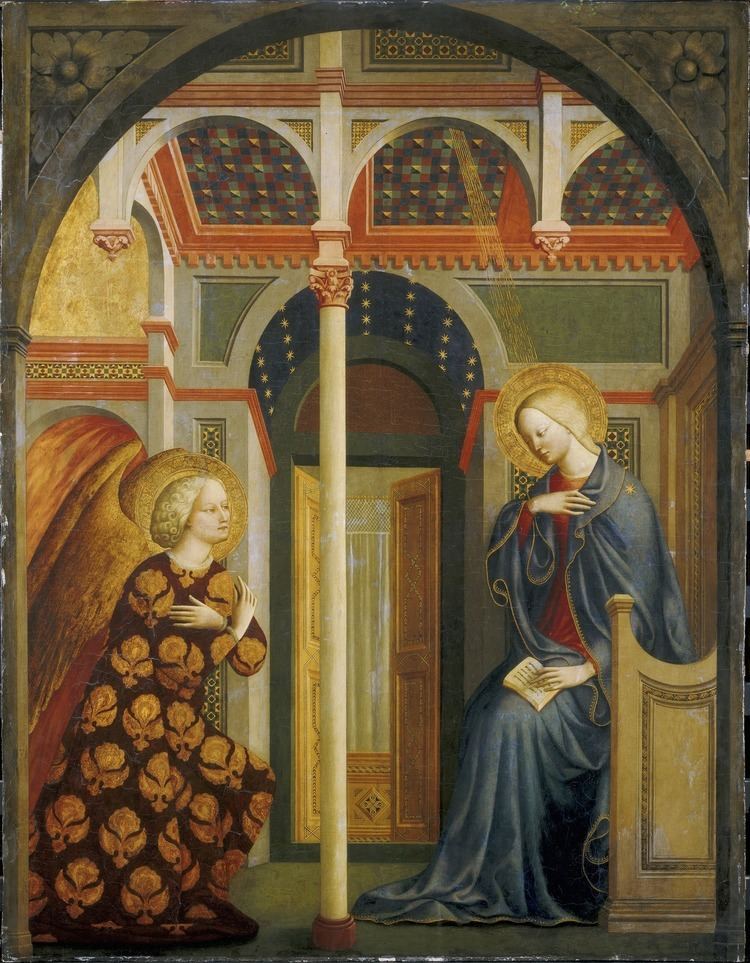
Complete works
In Naples:
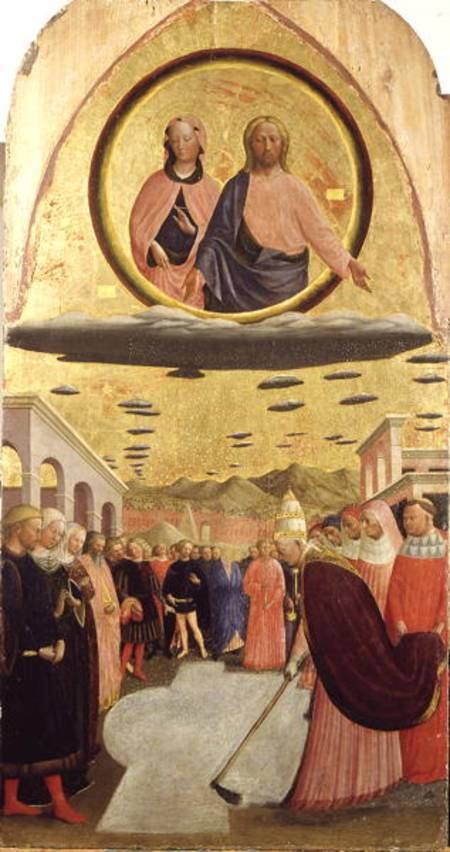
In Germany:
In Florence:
In Empoli:
In Rome:
In Castiglione Olona, where his patron was Branda da Castiglione:
In France:
In the United States:
Dispersed pieces of works
